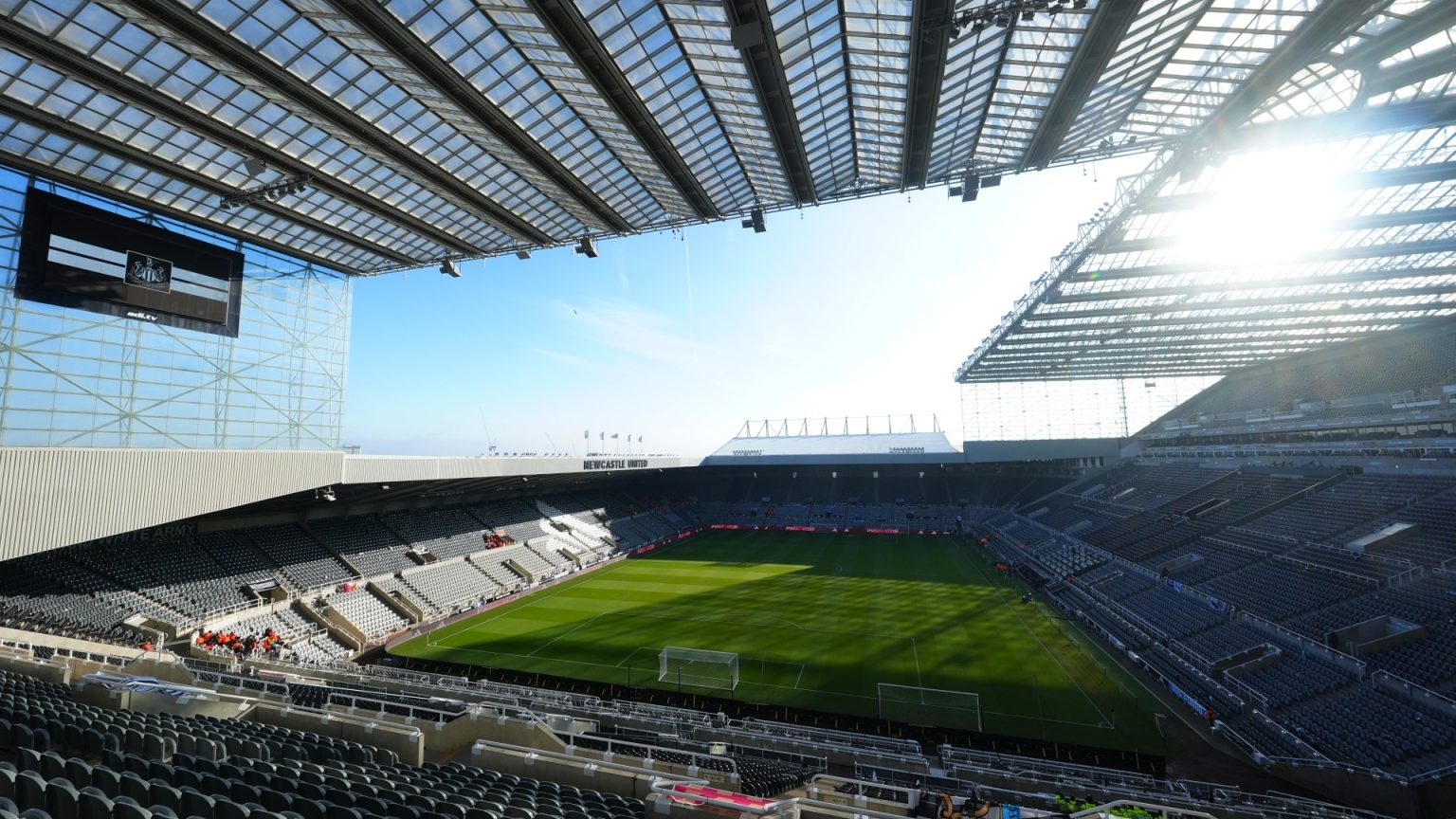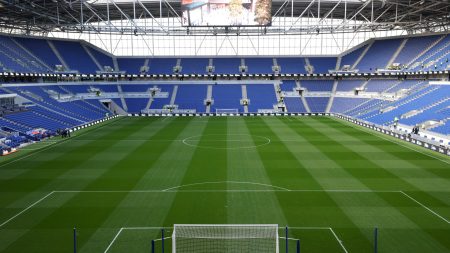The future of Newcastle United’s home ground is under consideration, with club officials leaning towards the ambitious project of constructing a new £1.2 billion stadium. While no final decision has been made, and renovating the existing St James’ Park remains an option, the allure of a larger, more modern venue is driving the exploration of this significant undertaking. The potential new stadium, envisioned to hold just under 70,000 spectators, would catapult Newcastle’s home ground to the second-largest club football stadium in England, trailing only behind Manchester United’s Old Trafford. This ambitious plan underscores the club’s aspirations under its Saudi ownership, aiming to establish Newcastle as a prominent force in English and European football.
The proposed location for the new stadium presents both opportunities and challenges. The plan involves building adjacent to the current St James’ Park, overlapping the Leazes and Milburn Stands and extending onto a portion of Leazes Park. This strategic placement allows for a phased construction process, potentially enabling Newcastle to continue playing at St James’ Park during the initial stages of the new stadium’s development. However, the encroachment onto Leazes Park, a protected Victorian-era green space, is likely to face public and council scrutiny. Club officials hope to mitigate this concern by minimizing the parkland used and creating new green spaces elsewhere as compensation.
The proposed construction strategy mirrors the approach taken by Tottenham Hotspur with their new stadium. Building adjacent to the existing ground, on land already owned by the club, minimizes disruption and allows for a smoother transition. The road behind the Milburn Stand would remain unaffected, while the car park by the Leazes Stand would need to be demolished. While the ideal scenario involves continuous use of St James’ Park during construction, a temporary relocation hasn’t been ruled out. Groundsharing with rivals Sunderland is off the table, but Murrayfield Stadium in Edinburgh, approximately 120 miles away, has been identified as a potential temporary home.
The timeline for the project is extensive, with the targeted completion date set for the 2031-32 season. This lengthy timeframe reflects the scale and complexity of the undertaking. Before any construction begins, the Newcastle board will present their preferred option to the club’s Saudi owners, who hold the final decision-making power. While the new stadium is the favored option, the alternative of renovating the existing Gallowgate End remains on the table. This less ambitious approach would still significantly increase the stadium’s capacity, potentially exceeding 60,000, and would likely be completed much faster than a full rebuild.
The decision between building a new stadium and renovating St James’ Park hinges on several factors. The new stadium offers the opportunity to create a state-of-the-art facility, boosting the club’s prestige and potentially generating increased revenue. However, it comes with a hefty price tag, logistical challenges, and potential public resistance regarding the use of Leazes Park. Renovating St James’ Park, while less transformative, is a more cost-effective and quicker solution, retaining the historical significance of the current ground. Ultimately, the Saudi owners will weigh these factors, considering the long-term vision for the club and its place within the footballing landscape.
This pivotal decision represents a defining moment for Newcastle United. The choice between a bold new beginning and a respectful modernization of the existing stadium will shape the club’s future for generations to come. It’s a decision that carries immense weight, balancing financial considerations, logistical complexities, historical significance, and the aspirations of a club aiming to re-establish itself among football’s elite. The final outcome will undoubtedly be a significant chapter in the ongoing saga of Newcastle United.











